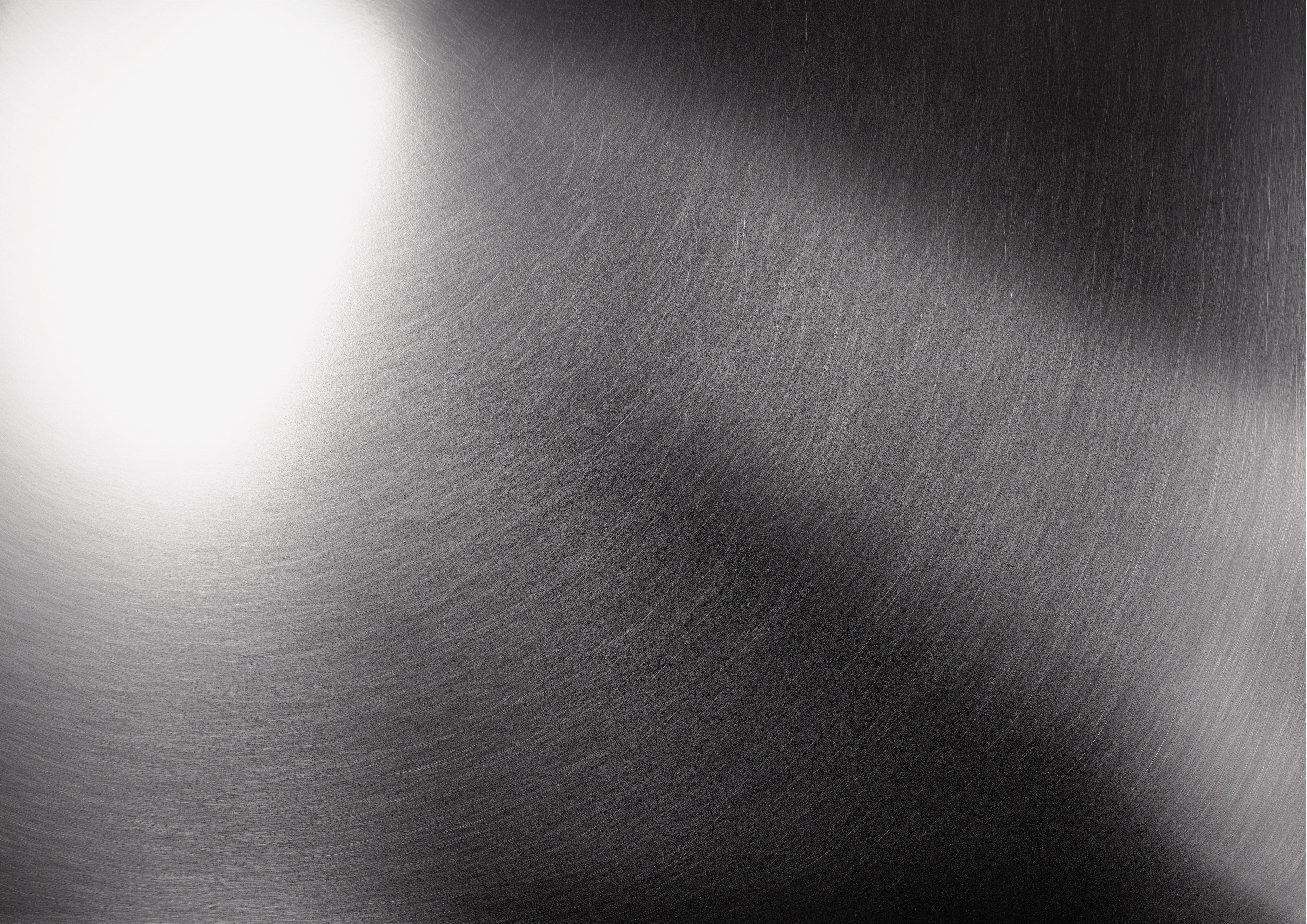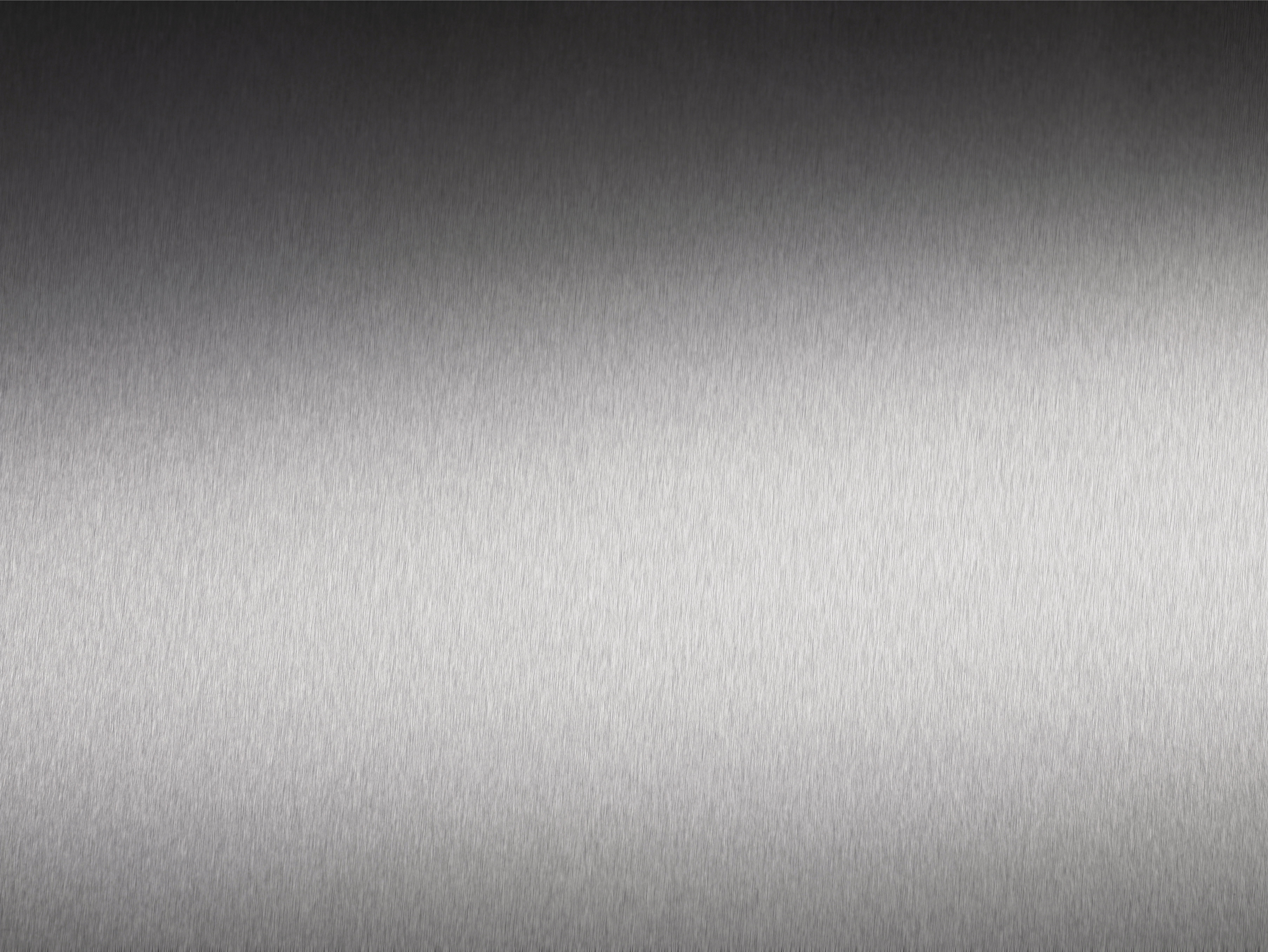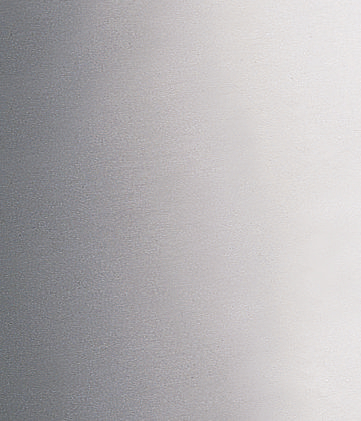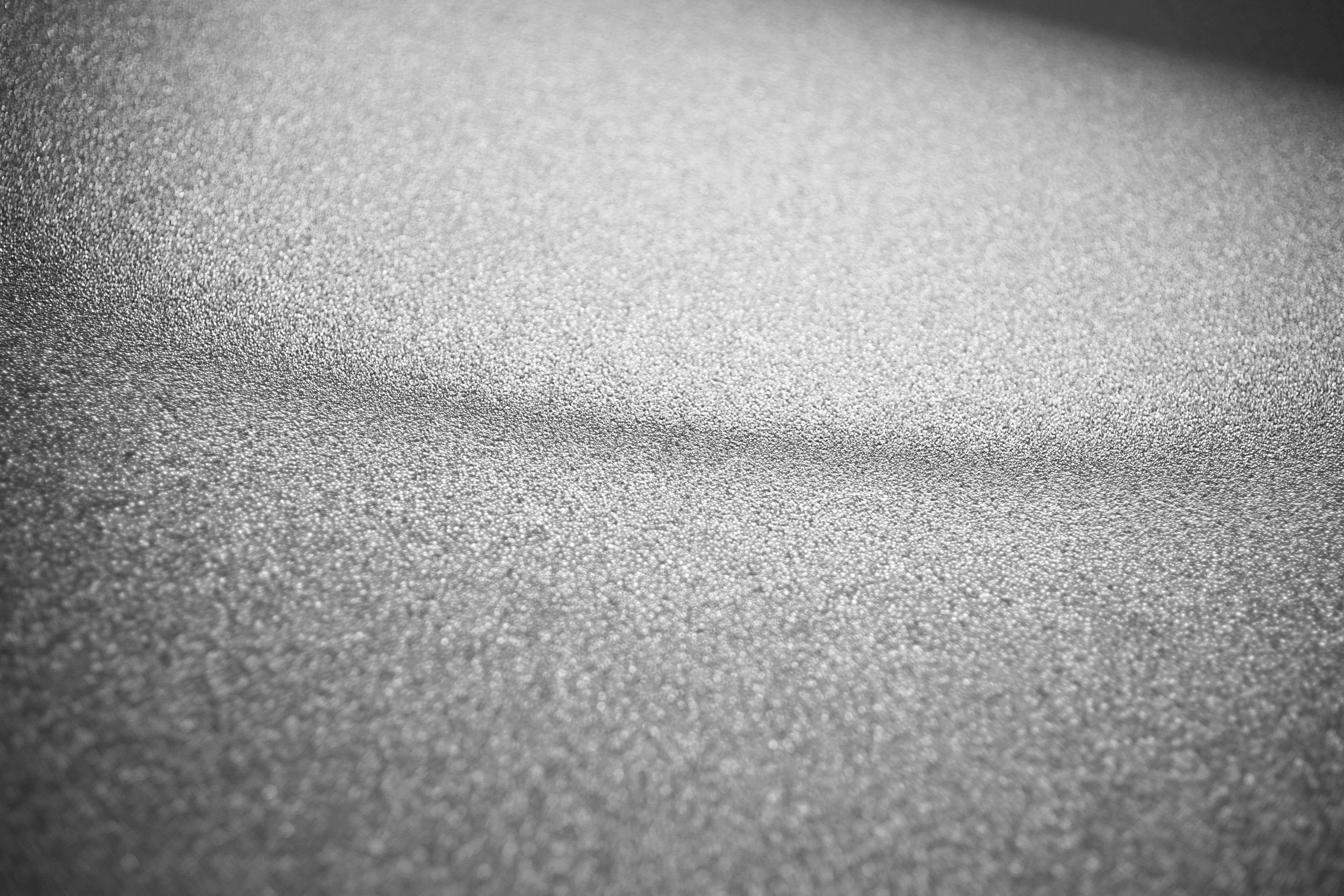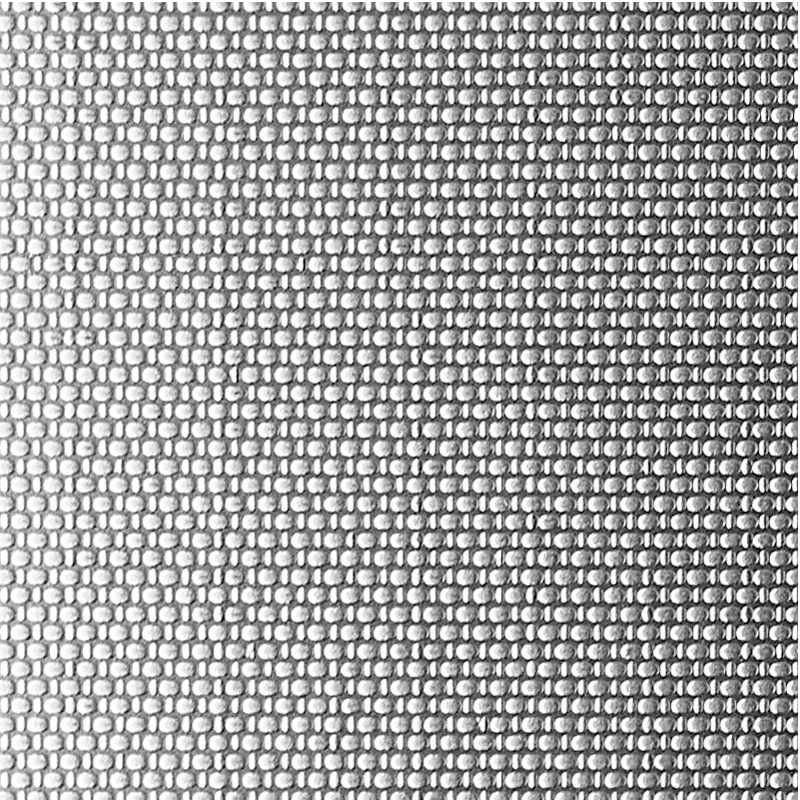Cleaning stainless steel: Here’s how to look after your sink
It’s here at last: your new stainless steel sink! The shine of a newly installed sink will attract plenty of admiring glances. If you want to keep it that way, you need to know how to clean and maintain stainless steel properly. This includes daily cleaning, removing limescale and monthly deep-cleaning.
Avoid these cleaning mistakes
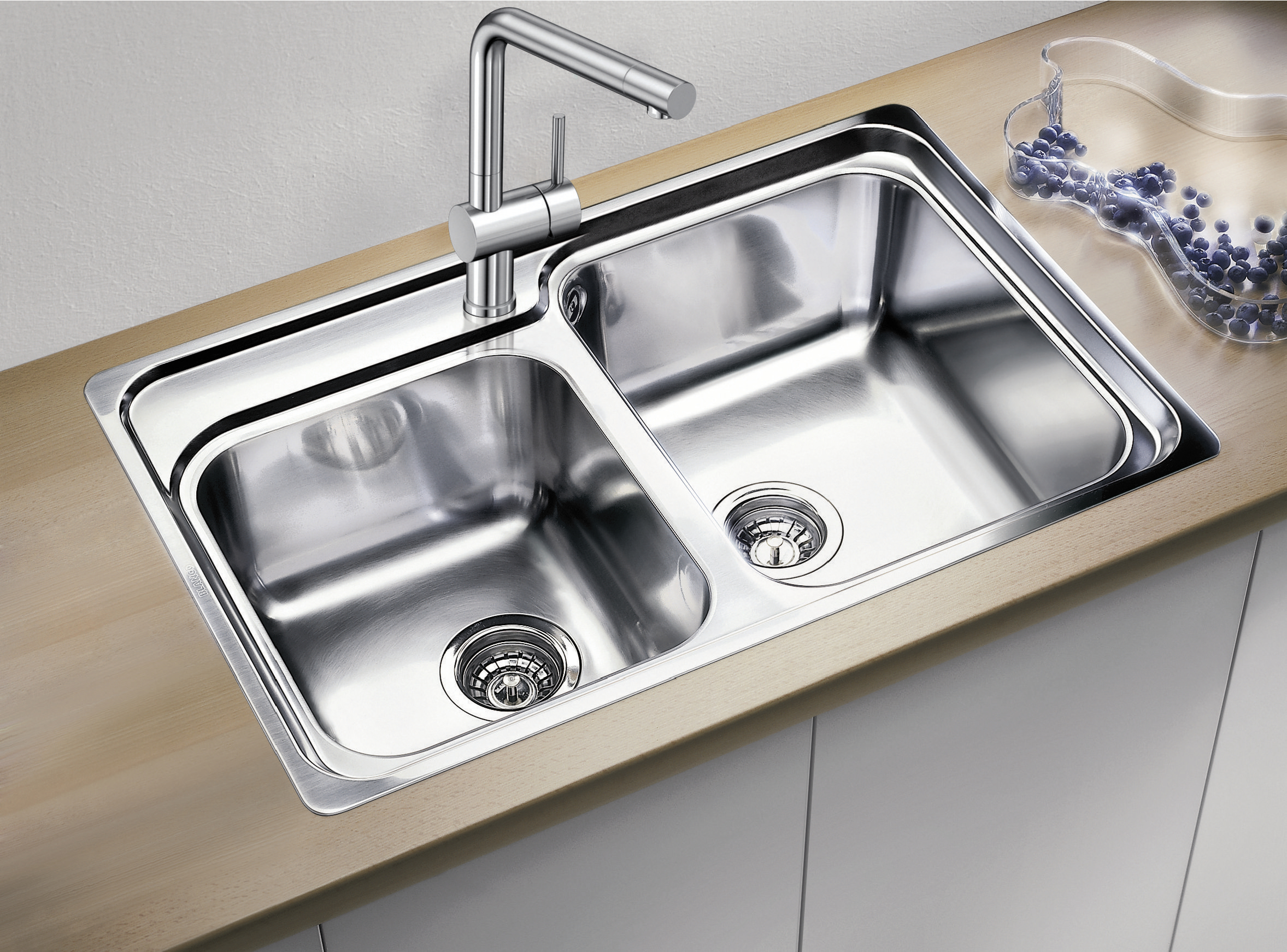
Daily cleaning
All stainless steel surfaces are best cleaned immediately after they have been used. This helps prevent limescale. The process is quite simple: squeeze some detergent onto the soft side of your sponge. Clean the stainless steel surface by working in the direction of brushing. You will be able to see the direction if you look at the stainless steel from an angle. At the end, simply rinse with clean water and rub dry with a microfibre cloth. This also helps to prevent limescale. And you’re done!
Here’s how to clean it properly: when cleaning, avoid circular movements, as this can cause permanent changes to the surface structure. This is particularly applicable to surfaces with a satin matt finish. Note also that vigorous polishing in a particular spot may cause changes to the level of gloss in this area.
Every stainless steel surface is different
Stainless steel isn’t all the same! In their original form, stainless steel surfaces with a natural finish are resistant. These surfaces may be treated with both anti-limescale or lemon or vinegar cleaning agents. Linen-look, satin matt and Durinox surfaces may also be cleaned in this way.
Durinox is extremely hard for uncoated stainless steel and is thus twice as resistant as conventional stainless steel surfaces; however, you should not use any polishing agents on it, either. A damp microfibre cloth or a soft sponge without any detergent are fine for daily cleaning. One major advantage is that Durinox stainless steel sinks are also impervious to fingerprints.
Surfaces with a stain polish or brushed finish require a little more care. These materials should be polished along the direction of brushing.
How to remove stubborn limescale
Vinegar- or lemon-based cleaning agents are good for dealing with limescale. They clean thoroughly and are easily biodegradable. However, if your cleaning agents contain any additives, you need to tread a bit more cautiously: ingredients added to such detergents tend to be too aggressive for most stainless steel surfaces. If they also contain limescale-removing substances, small particles in the fluid may rub against the stainless steel surface and cause it to change appearance.
To be on the safe side, it’s best to opt for pure vinegar essence of the sort your grandmother might have used. Dilute the vinegar essence with water in a mixing ratio of 1:10. Alternatively, you could use BLANCO Antikalk: This formula was specially developed for using on BLANCO sinks and mixer taps. It cleans gently yet effectively.
The same applies here: when cleaning stainless steel, always work in the direction of brushing. Avoid circular movements. Afterwards, rinse surfaces down thoroughly with clean water so that no traces of the cleaning agent remain. Finally, rub the sink dry with a microfibre cloth.
Here’s how to clean it properly:


Regular basic cleaning
You should give your stainless steel sink a basic clean with a suitable polishing agent every 3 to 4 weeks. One exception is stainless steel sinks in Durinox, satin matt finish, natural finish or a linen look. As these materials are more delicate, you should avoid using polishing agents on them.
The following applies to all stainless steel versions: the polish seals the surface, so that less limescale can form. In addition, your sink becomes less susceptible to unsightly fingerprints. If cleaned regularly, a protective layer will form over time, making scratches disappear and increasing the shine.
All good reasons for using a bit of polish every now and then! We recommend BLANCO Polish. This substance seals the surface of your sink, causing water to run off it more easily. The result: less limescale adheres to it and your sink maintains a lasting even shine!
How to polish it properly: Squeeze some polish onto the soft side of a sponge and apply it along the direction of brushing of your stainless steel surfaces. At the end, rinse the surfaces down with clean water and rub them dry with a microfibre cloth. Be extra careful when doing so, as overdoing it in one spot can make it shinier than the rest of the sink. This can take away from the overall visual impact.
Try out the BLANCO cleaning and care agents for stainless steel!
BLANCO Antikalk:
Stay on the safe side with BLANCO Antikalk: the formula was specially developed for BLANCO sink and mixer tap surfaces. It cleans gently yet effectively.
BLANCO Polish:
BLANCO Polish seals the surface of your sink, so water simply rolls off its and less limescale adheres to the surfaces. What’s more, the Polish also ensures a lasting, even shine and minimises scratches!
Questions about stainless steel sinks
Stainless steel stays just as it is: resistant and rustproof. This is due to its passive coating, which is constantly regenerating itself. You should clean your stainless steel sink thoroughly in order to ensure that it stays shining for years to come. It is particularly important to remove all dirt and limescale deposits. However, your sink will not respond well to cleaning agents containing chlorine or hydrochloric acid. Strong sodium chloride solutions that take too long to work are also a no-go.
But what if you’ve spotted a couple of tiny reddish-orange marks on your stainless steel sink? If stainless steel comes into contact with rusty objects, such as cheap, unprotected steel, the rust can transfer onto your sink. This is nothing to worry about. You can wipe the rust away in one swipe using a damp sponge and a special stainless steel cleaning agent, and your sink will be spotlessly clean once again.
Even showpieces like our stainless steel sinks sometimes get little marks on their surface. This is usually due to limescale deposits caused by water. These limescale deposits like to gather dirt particles, so you’ll notice small marks on your otherwise sparkling sink. Another origin is small iron and rust particles from the water pipes. These appear to leave traces of rust on your stainless steel sink.
However, you can get all this under control in no time. Impurities and traces of limescale can be removed in a trice with a damp cloth. If you’re struggling to remove any stubborn limescale, it’s time to try a special cleaning agent. Once that’s done, your stainless steel sink will look the way you remember once again: sparkling clean.
Such radiant shine requires a little care. It doesn’t take much effort, but it needs to be done frequently. So if you want to avoid little marks on your stainless steel sink, rub it dry after each use. You don’t need to scrub it vigorously. After rinsing, simply wipe it with a soft cloth and a mild cleaner, then dry it – all done!
If you do spot an unwanted mark, use a descaling cleaning agent specially designed for stainless steel. Together with a suitable stainless steel cleaning sponge, the surface will be so spotlessly clean that you’ll wonder where those marks went so quickly.
Brand new but a few little scratches already: your stainless steel sink will be a little susceptible to this at first. However, there’s no need to worry. This is completely normal, even with our top quality stainless steel. Just wait and see: after a few days, many of the little scratches will appear to have vanished again. What’s happened? The scratches haven’t vanished into thin air; instead, they close over slowly, thanks to the effect of oxygen. This is constantly renewing the passive coating. As such, the stainless steel sink in your kitchen heals itself.
Taking good care of your sink will start to pay off within just a few weeks, so use care products and a sponge on it regularly. The more attention you give to your sink, the more scratch-resistant it will become.
The basket strainer is the secret hero in your sink. After all, it prevents your sink from getting clogged up, thus ensuring perfect functionality. Over time, however, the basket strainer will collect some dirt, so you should give it a clean every now and then. You don’t even have to buy a special cleaner for that purpose.
Here’s our trick: put a level teaspoon of powdered dishwashing detergent onto the closed basket strainer. Pour approx. 250 ml boiling water over it and leave the solution to work. Now brush and scrub it (e.g. with a dishwashing brush) until the basket strainer and drain cup are shining once again. Finally, open up the basket strainer and take out the basket insert. Now you have room to clean the hole opening in the drain cup. Once this is squeaky clean too, reinsert the basket insert and rinse it with clean water.
We do our bit to make sure that you’re all set up, so almost all our stainless steel and ceramic sinks come with a punched-out tap hole. This means that you won’t have to do any extra work before installing it. Some Silgranit sinks are milled from the underside. You simply have to knock through the pre-milled holes.
How to do it: first place the sink in a sturdy holder. Now take a punch and place it in the middle of the mark. Use a hammer to hit the punch holes for the mixer tap, soap dispenser and drain remote control, as required, without exerting force on the punch itself. Then carefully knock the rest of the Silgranit pieces out of their marked holes. Now get a file and file the hole to the right size. You may need to do this if the hole is flush with the preliminary milling. Now there’s only one thing left to do: insert your mixer tap, and off you go.
